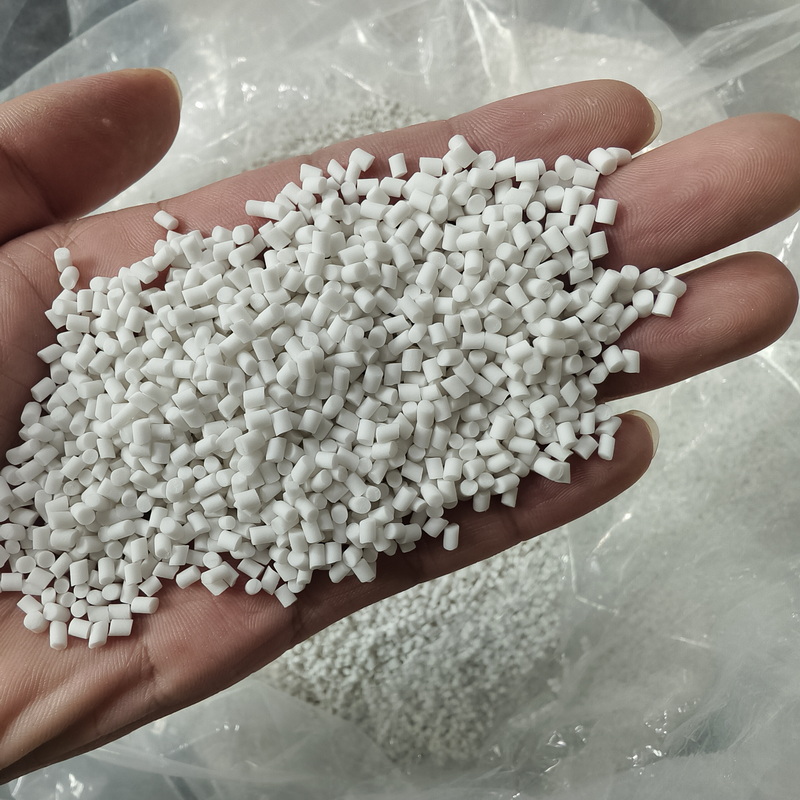Understand the latest news, focus on industry trends, interpretation of professional encyclopedia

What is TPE?
Made up of soft and hard domains, TPEs are multiphase materials in their solid state. Some engineers may wonder why they’re rubbery – and there’s a very good reason for this.
The temperature range and unique design of a TPE is determined by its glass transition temperature during the rubbery phase, as well as the melt temperature or glass transition during the hard phase of its manufacture.
Containing more than one type of polymer – an elastomer which is responsible for giving a material its elastic properties – TPE compounds, or TPE-S, as it’s sometimes known, can be used for a variety of purposes in the world of engineering. Some of TPEs applications include:
Food
Since anything that comes into contact with food needs food-contact approval via the country it’ll be used and sold in, food-contact approved TPEs are ideal for making components for baby food. Think miniature spoons or toddler cup spouts.
O-rings
Conventionally made from thermoset rubbers, TPE sealing rings can be coloured or white. They can be co-moulded to make two component seals and they’re much more efficient in terms of their manufacture. They’re also environmentally friendly, because they use less energy than thermoset rubbers and can be made in less time.
Medical and health care
We all know that healthcare applications must meet strict, regulatory standards. This is where TPEs come in, as they can be sterilised using ethylene oxide, autoclaves or gamma irradiation. Elsewhere, they can be manufactured to offer high purity and be biocompatible, as well as offering an alternative to silicone, PVC, rubber or latex.
Cap and closure liners
Conveniently acting as a seal between the bottle’s contents and the external environment for metal crows and plastic caps, bottle cap liners tend to be manufactured from PVC. That said, TPE liners offer a host of benefits over PVC. One of them is the fact that they protect against oxygen transmission. It’s worth knowing that TPEs can be designed for everything from cap and closure liners in milk to the very same for carbonated soft drinks.